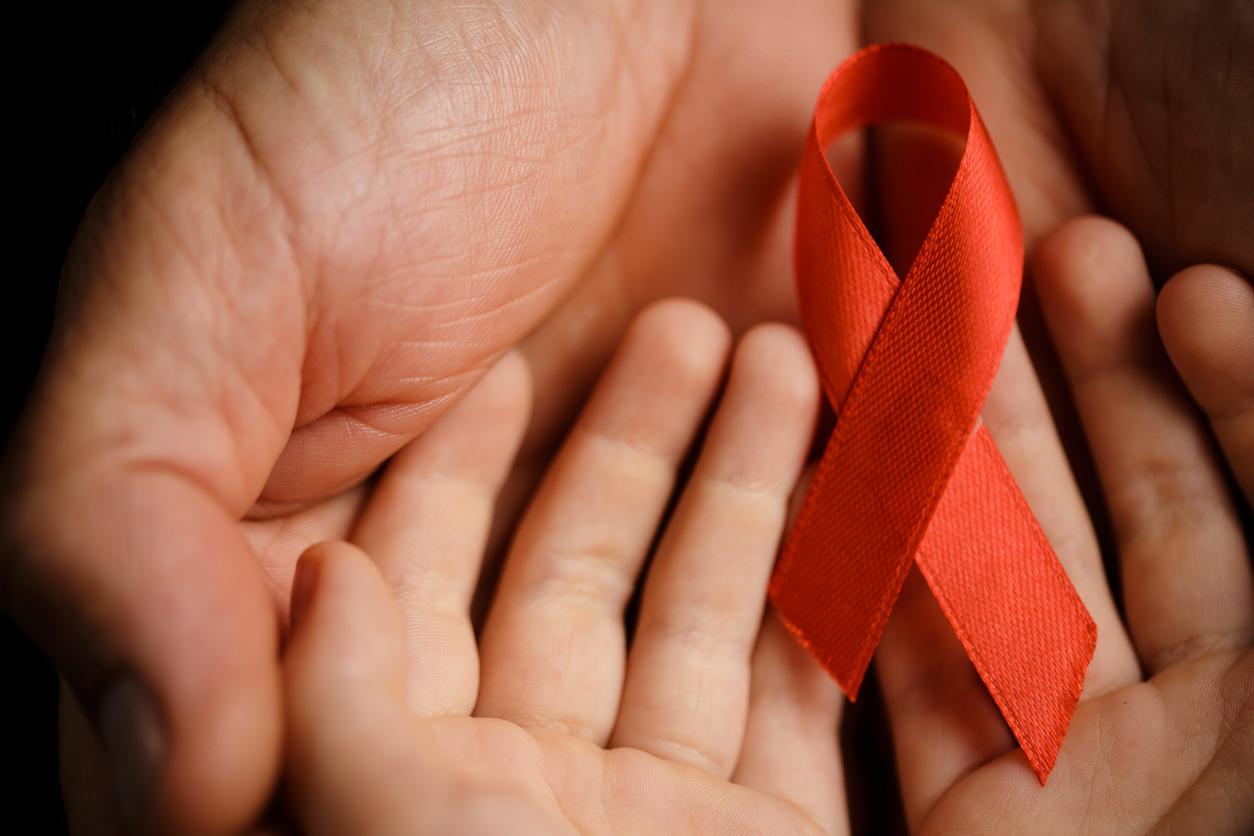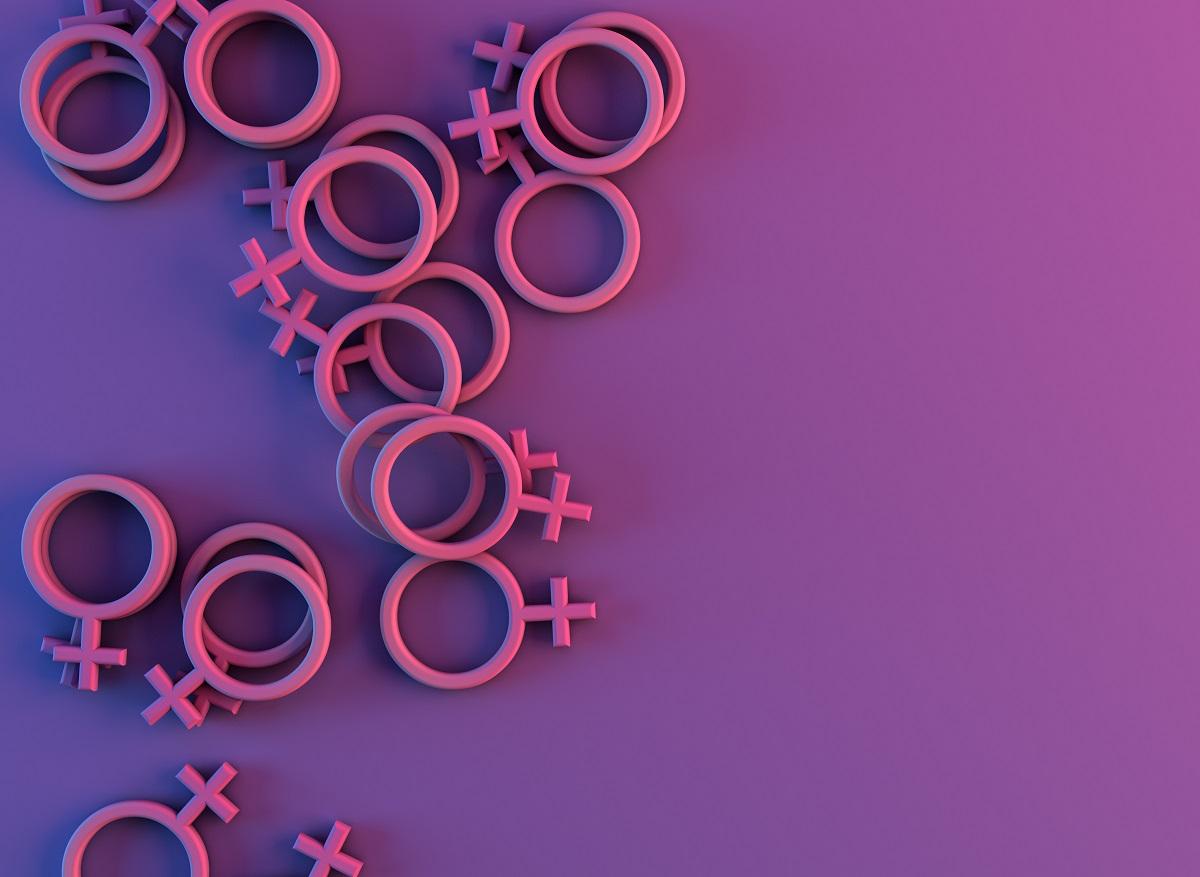The number of survivors of female genital mutilation exceeds 230 million worldwide, UNICEF (United Nations Children’s Fund) said this Thursday, March 7, 2024, an increase of 15% since 2016.

- According to a new UNICEF report, more than 230 million women are now victims of female genital mutilation, an increase of 15% in eight years.
- “Female genital mutilation covers all procedures including the partial or total removal of a woman’s external genitalia or any other injury to the female genitalia that is carried out for non-medical reasons,” explains the WHO.
- The UNICEF director also highlights a “worrying trend where more girls are being subjected to this practice at a younger age, often before their fifth birthday.”
“This is indeed bad news. This is a huge number, a number higher than ever”, said Claudia Coppalead author of UNICEF report published on the occasion of International Women’s Day. According to their data, more than 230 million women are now victims of female genital mutilation, an increase of 15% in eight years.
Female sexual mutilation: “a violation of the rights of young girls and women”
“Female genital mutilation covers all procedures including the partial or total removal of a woman’s external genitalia or any other injury to the female genitalia that is carried out for non-medical reasons.”, says the World Health Organization. These mutilations are considered internationally as “a violation of the rights of girls and women”. In the majority of cases, they are carried out on minors and therefore constitute a violation of children’s rights as well.
Not only do these female genital mutilations provide no health benefits, but they are very detrimental to the lives of young girls and women with numerous immediate complications (excruciating pain, hemorrhage, fever, bacterial infection, urinary problems, shock, death) and long-term (vaginal, menstrual, urinary, sexual, and psychological problems; increased risks of complications during childbirth and death of the newborn, etc.).
Four categories exist to group these barbaric practices:
- type 1: “partial or total removal of the clitoral glans (small external and visible part of the clitoris and sensitive part of the female genitalia) and/or the foreskin/clitoral hood (fold of skin which surrounds the clitoris)” ;
- type 2: “partial or total removal of the clitoral glans and the labia minora (internal folds of the vulva), with or without excision of the labia majora (external skin folds of the vulva)” ;
- type 3: “infibulation: narrowing of the vaginal opening by covering, carried out by cutting and repositioning the labia minora, or the labia majora, sometimes by suture, with or without removal of the foreskin/hood and clitoral glans (type 1)” ;
- type 4: “all other harmful interventions on the female genitalia for non-medical purposes, for example, pricking, piercing, incising, scraping and cauterizing the genitals”.
In which countries are there the most women with genital mutilation?
According to the UNICEF report which conducted a survey of 31 countries where this practice is common, more than 144 million survivors of female genital mutilation are in Africa, 80 million in Asia and 6 million in the Middle East. . The organization explains that the 15% increase is partly explained by the overall increase in population and highlights that there has been progress in reducing its prevalence in some places. This is for example the case in Sierra Leone, where the percentage of girls aged 15 to 19 having undergone genital mutilation fell from 95% to 61% in 30 years. Ethiopia, Burkina Faso and Kenya also recorded sharp declines. Conversely, other countries are still lagging far behind, such as Somalia, where 99% between the ages of 15 and 49 have undergone genital mutilation, as well as 95% in Guinea, 90% in Djibouti and 89% in Mali.
The director of UNICEF also highlights a “worrying trend that more girls are being subjected to the practice at younger ages, often before their fifth birthday. This further reduces response times. We must strengthen efforts to end this harmful practice.”
Excision, infibulation: “a way of controlling girls’ sexuality”
To eradicate this practice by 2030, as recommended by the United Nations Agenda for Sustainable Development, progress would need to be multiplied by 27. “Female genital mutilation has existed for centuries. It therefore takes time to change social norms and practices linked to this norm”, said Claudia Coppa. “In some societies, for example, it is considered a necessary rite of passage, in other contexts it is a way of preserving, for example, the chastity of girls. It’s a way of controlling girls’ sexuality.”
















